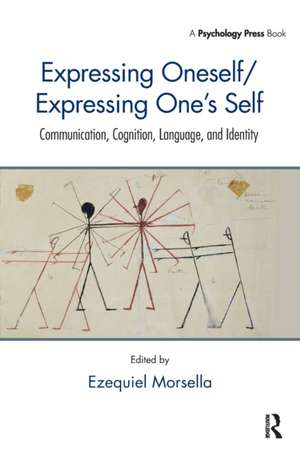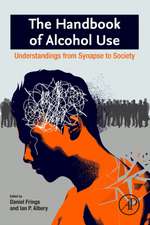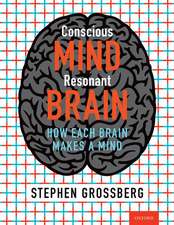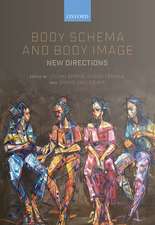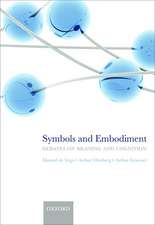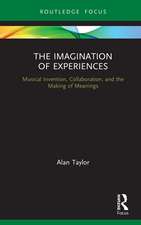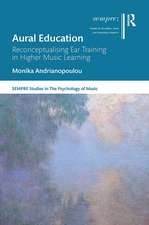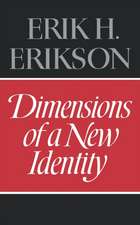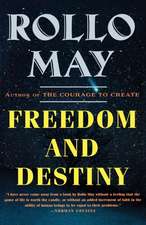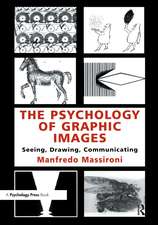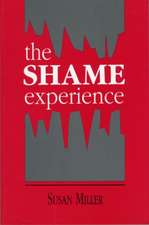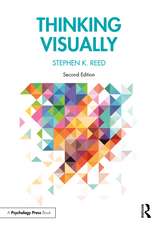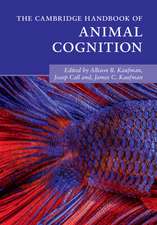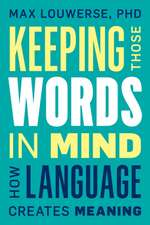Expressing Oneself / Expressing One's Self: Communication, Cognition, Language, and Identity
Editat de Ezequiel Morsellaen Limba Engleză Paperback – 27 apr 2016
Unlike any book before it, this volume embodies the state-of-the-art regarding the experimental study of human communication, by bringing together cutting edge findings from psycholinguistics, communication, cognition, neuroscience, language, and identity. Whether linguistic or nonverbal, communication poses unique computational challenges that reveal secrets of the mind/brain and social cognition unlike anything else.
This volume is both a stimulating journey for the general language/communication reader, as well as a great research tool for graduate students, advanced undergraduate students, and investigators.
| Toate formatele și edițiile | Preț | Express |
|---|---|---|
| Paperback (1) | 449.41 lei 6-8 săpt. | |
| Taylor & Francis – 27 apr 2016 | 449.41 lei 6-8 săpt. | |
| Hardback (1) | 764.62 lei 6-8 săpt. | |
| Taylor & Francis – 17 dec 2009 | 764.62 lei 6-8 săpt. |
Preț: 449.41 lei
Nou
86.02€ • 93.47$ • 72.31£
Carte tipărită la comandă
Livrare economică 22 aprilie-06 mai
Specificații
ISBN-10: 1138969435
Pagini: 252
Ilustrații: 59
Dimensiuni: 152 x 229 mm
Greutate: 0.45 kg
Ediția:1
Editura: Taylor & Francis
Colecția Psychology Press
Locul publicării:Oxford, United Kingdom
Cuprins
Recenzii
-Howard Giles, Ph.D., University of California, Santa Barbara
"This outstanding collection of essays is an homage to a scholar who has dedicated his academic life to advancing our understanding of communication, cognition, language, and identity. The contributions to this volume are a testimony not only to the broad impact Bob Krauss has had in the field but also to his enormously supportive, constructive, and generous personality."
-Gün R. Semin, Ph.D., Royal Netherlands Academy of Arts and Sciences, Utrecht University
Descriere
Unlike any book before it, this volume embodies the state-of-the-art regarding the experimental study of human communication, by bringing together cutting edge findings from psycholinguistics, communication, cognition, neuroscience, language, and identity. Whether linguistic or nonverbal, communication poses unique computational challenges that reveal secrets of the mind/brain and social cognition unlike anything else.
This volume is both a stimulating journey for the general language/communication reader, as well as a great research tool for graduate students, advanced undergraduate students, and investigators.
